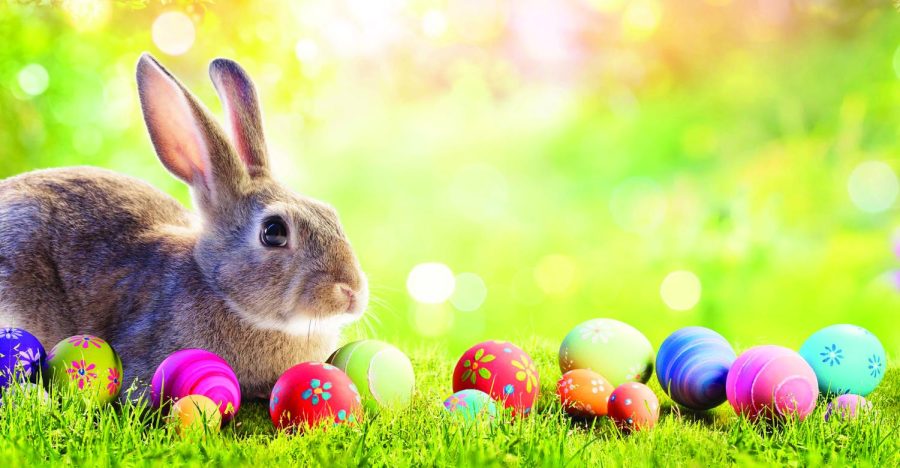How Easter Evolved Into A Modern Celebration
Easter has been practiced officially by the Catholic Church since 1583 and has dramatically evolved since then. Many influences came from pre-Christian traditions, including spring practices and holidays celebrating spring, fertility, and rebirth. Symbols like hares, rabbits, and eggs all have connections to these ideas.
The practice of Easter as a Christian holiday is based around the revival of Jesus Christ after his crucifixion. It ends the course of Lent, 40 days of fasting, in honor of Christ’s fasting in the desert.
The symbols of Easter eggs and rabbits come from German traditions that came to America when they immigrated and settled in Pennsylvania. The tradition was that small children would make nests for the “Osterhase” or “Oschter Haws” to nest in and lay their colorful eggs.
The tradition began to change as the first chocolate Easter egg was made in Europe in the 1900s, and the tradition took off. They were initially made with dark chocolate until Cadbury’s dairy milk chocolate was produced in 1897.
The tradition for colorful eggs may have been used in some areas as a celebration after Lent, which at one time did not allow eggs, meats, or dairy products to be eaten during the 40 days. The eggs may have been decorated the day before and then eaten on Easter after the end of Lent.






